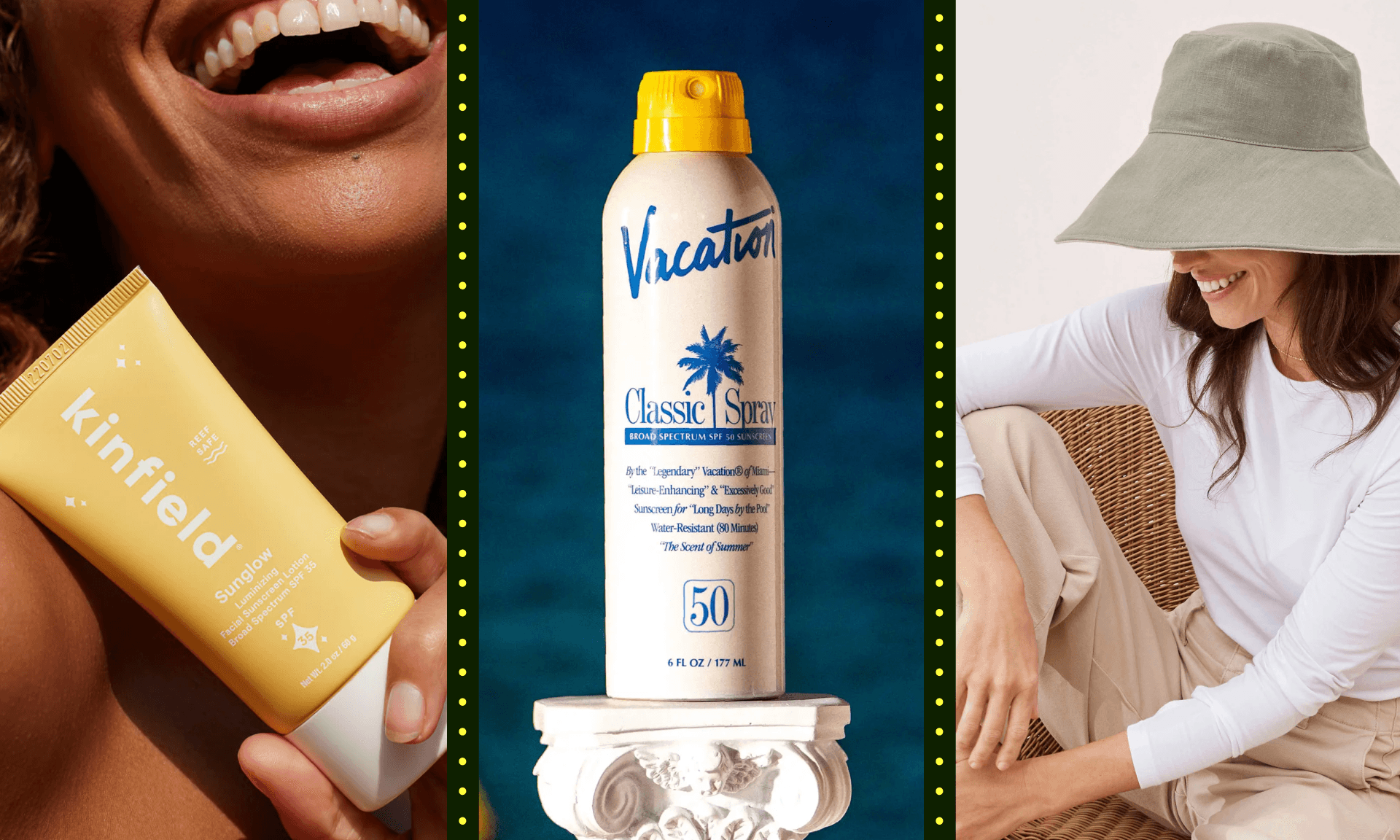This post was originally published in 2021 and has been updated.
Products you buy through our links may earn us a commission. Oh, and if something's out of stock, oops, it was there (and all prices were accurate) at time of publication.
Sunscreen is a crucial element of any skincare routine. No matter your skin type or age, you should be using it all year to protect against skin cancer and premature aging. We know the sunscreen market is vast and not all sunscreens are created equal, so we talked to Dr. Nazanin Saedi. She’s a Philadelphia-based dermatologist who gave us a few SPF recommendations and helped us break down everything you need to know. Time for some (protected) fun in the sun.
First, a glossary
SPF: sun protection factor. It measures the level of protection against UVA and UVB rays.
UVA rays: It’s the kind of sun that leads to premature aging and wrinkles, and can get through windows and glass. It can also lead to skin cancer.
UVB rays: The ones that give you sunburn and can lead to skin cancer.
Broad spectrum: This means the sunscreen protects against UVA and UVB rays, which is a good thing.
Mineral vs. chemical: Mineral (or physical) sunscreen acts like a physical blocker; it repels or reflects the UV light. The American Academy of Dermatology (AAD) recommends physical sunscreen for people with sensitive skin. Chemical sunscreens absorb (rather than repel) the UV light so your skin doesn’t. The AAD says chemical sunscreen is usually easier to rub into your skin without leaving behind a white residue.
Zinc oxide: The SPF buzzword of the moment — and not in a bad way. It’s an active ingredient found in mineral sunscreens and is “great because it’s a physical blocker,” Saedi says. “It reflects the UV rays [and] has great protection.”
Lotion vs. spray: Many derms will advise lotions over sprays, Saedi says. With sprays, they’re harder to see and you don’t really know how much is coming out or if you’re using enough. Plus, some are worried about consumers inhaling the chemicals in aerosol products. (Psst: The AAD says to avoid using sprays around your mouth and face for this reason.) Since sprays often increase compliance — they’re so easily applied and reapplied, Saedi often recommends them. When it comes down to it, any sunscreen is better than no sunscreen.
Water-resistant vs. waterproof: Water-resistant means you’re protected for up to 40 minutes in water. If a label says “very water-resistant,” you’ve got 80 minutes, which is still less than the two-hour reapplication mark. Oh, and no sunscreens are “waterproof,” so don’t be fooled.
Sunscreen application 101
Yes, you need to wear sunscreen every single day. Even when it’s cloudy or if you’re inside, because certain UV rays can penetrate through glass.
Apply about 1 ounce of SPF to your exposed skin every two hours you’re in the sun. That’s approximately the size of a shot glass.
Reapplication is vital. Once in the morning isn’t going to cut it, and if you’re swimming, reapply more frequently.
Don’t neglect your ears, feet, neck, and scalp. Any skin that’s exposed needs sunscreen, and it’s best to put on your first layer 15 minutes before you go outside.
The American Academy of Dermatology recommends a broad spectrum, water-resistant SPF of 30 or higher. SPF 30 blocks 97% of the sun’s rays. “After 30, the difference is nominal,” Saedi says. Anything above is just slightly more effective. Plus, there are no sunscreens that can block 100% of the sun's rays.
If your makeup has SPF in it, you should still wear sunscreen. Many experts point to the fact that makeup with SPF often doesn’t have broad spectrum protection. They also note that most people don’t apply enough makeup to actually protect against the sun effectively. (Remember that 1 ounce rule? Are you hitting every nook and cranny like your neck and eyelids?)
Generally, sunscreen should be the last step in your daytime skincare routine. If your makeup includes SPF and you use sunscreen on top, you’ll be protected by the SPF of whatever your top layer is, Saedi says. (If your makeup has SPF 15 and you put SPF 30 over it, you don’t get 45; you’ll get a protection factor of 30.)
And finally, our favorite daily sunscreens…
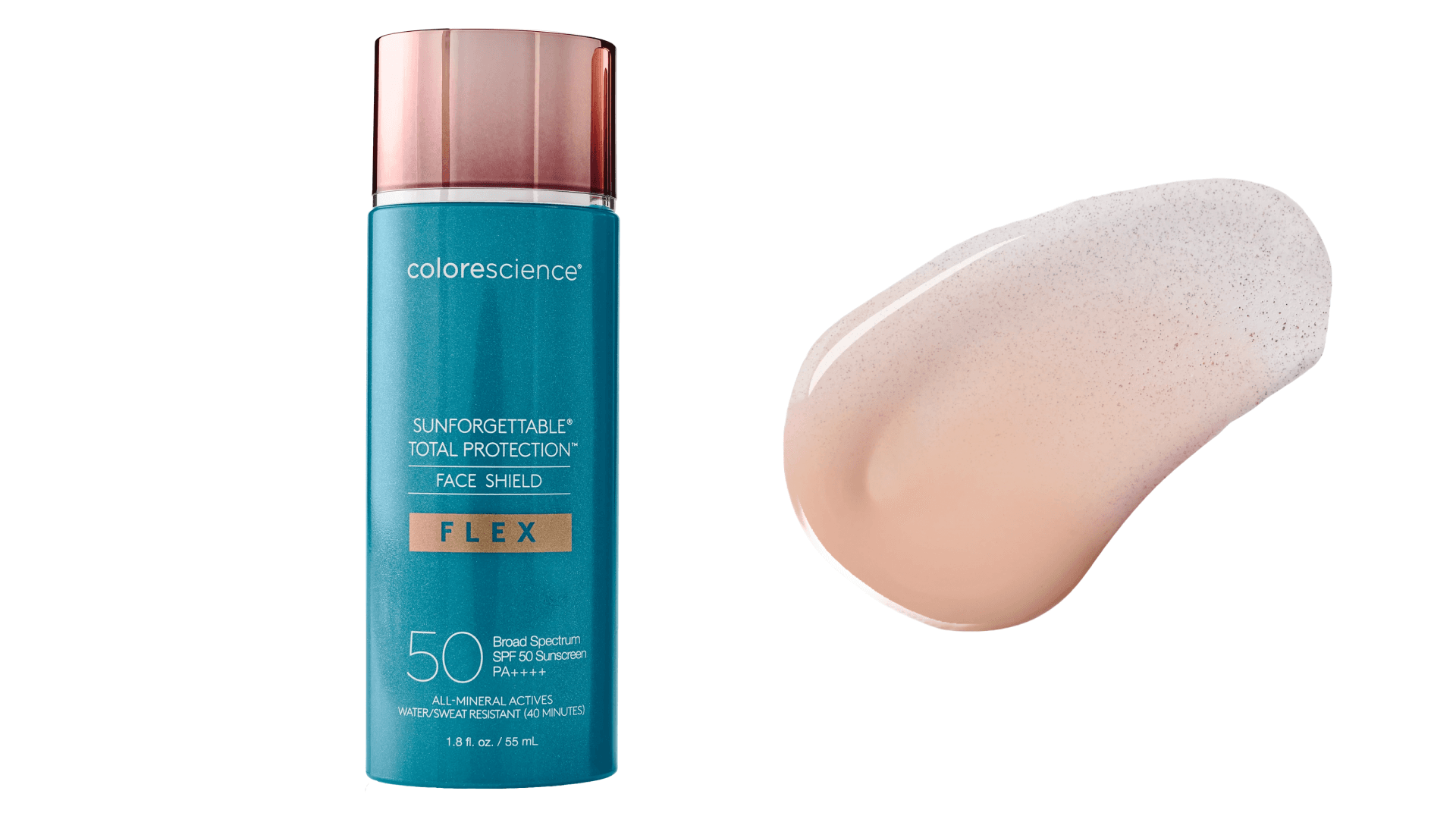
A color-changing sunscreen our editors put to the test…
Colorescience Sunforgettable Total Protection Face Shield Flex SPF 50. This is the best tinted sunscreen we’ve ever tried, and it’s perfect if you’re looking for an SPF with actual makeup coverage during the summer. It’s mineral-rich and has iron oxide pigments that bloom upon contact with your skin to create your own custom shade. Psst…it might seem harsh upon contact, but the product will blend out. ($54, Colorescience)
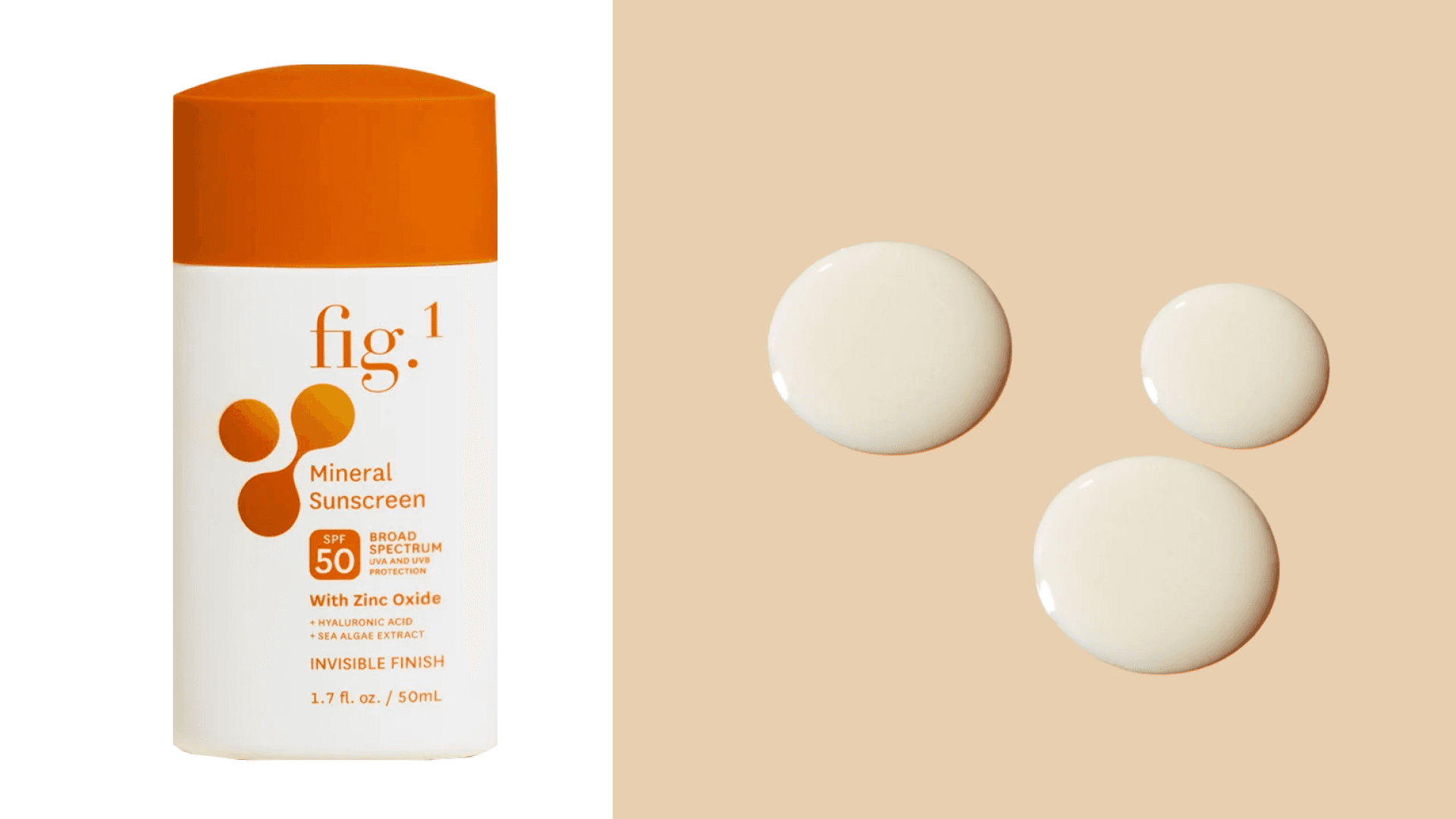
A basic face lotion you won’t want to rub off…
Fig.1 Mineral Sunscreen SPF 50. It’s milky, lightweight, and leaves behind a non-glittery shimmer. It’s mainly zinc-based and is packed with hyaluronic acid and antioxidants to moisturize your skin. If you’re looking for a no-frills, classic lotion for your face, pick this one. ($36, Fig.1)
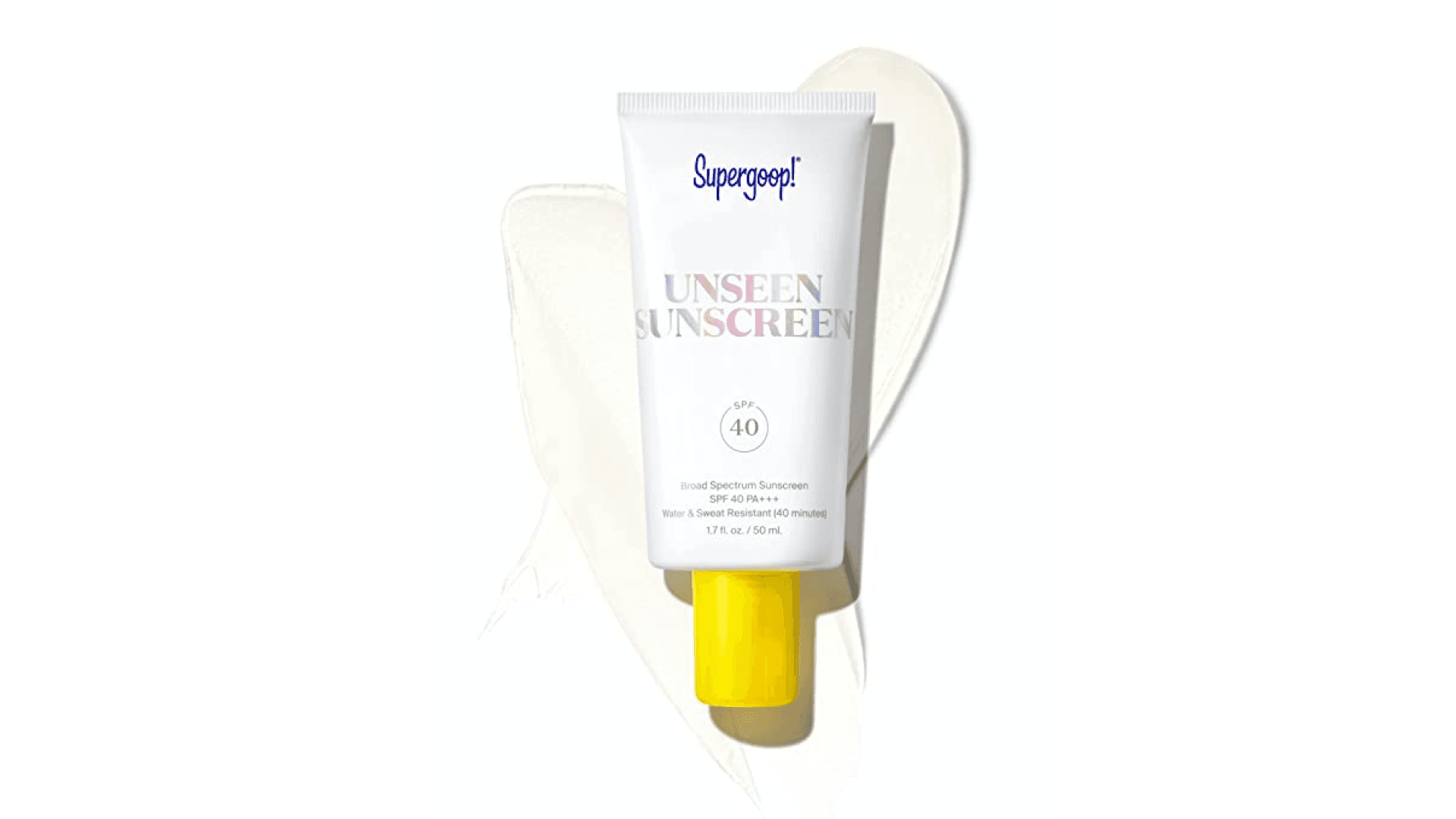
A clear SPF with an untraceable finish…
Supergoop! Unseen Sunscreen SPF 40. If you’re not into the feeling of sunscreen, might we suggest Supergoop’s Unseen line? You can buy it in the form of a lotion for both the face and body, and as a stick for mess-free application. We love that it has a semi-matte finish and goes on clear. ($38, Supergoop)
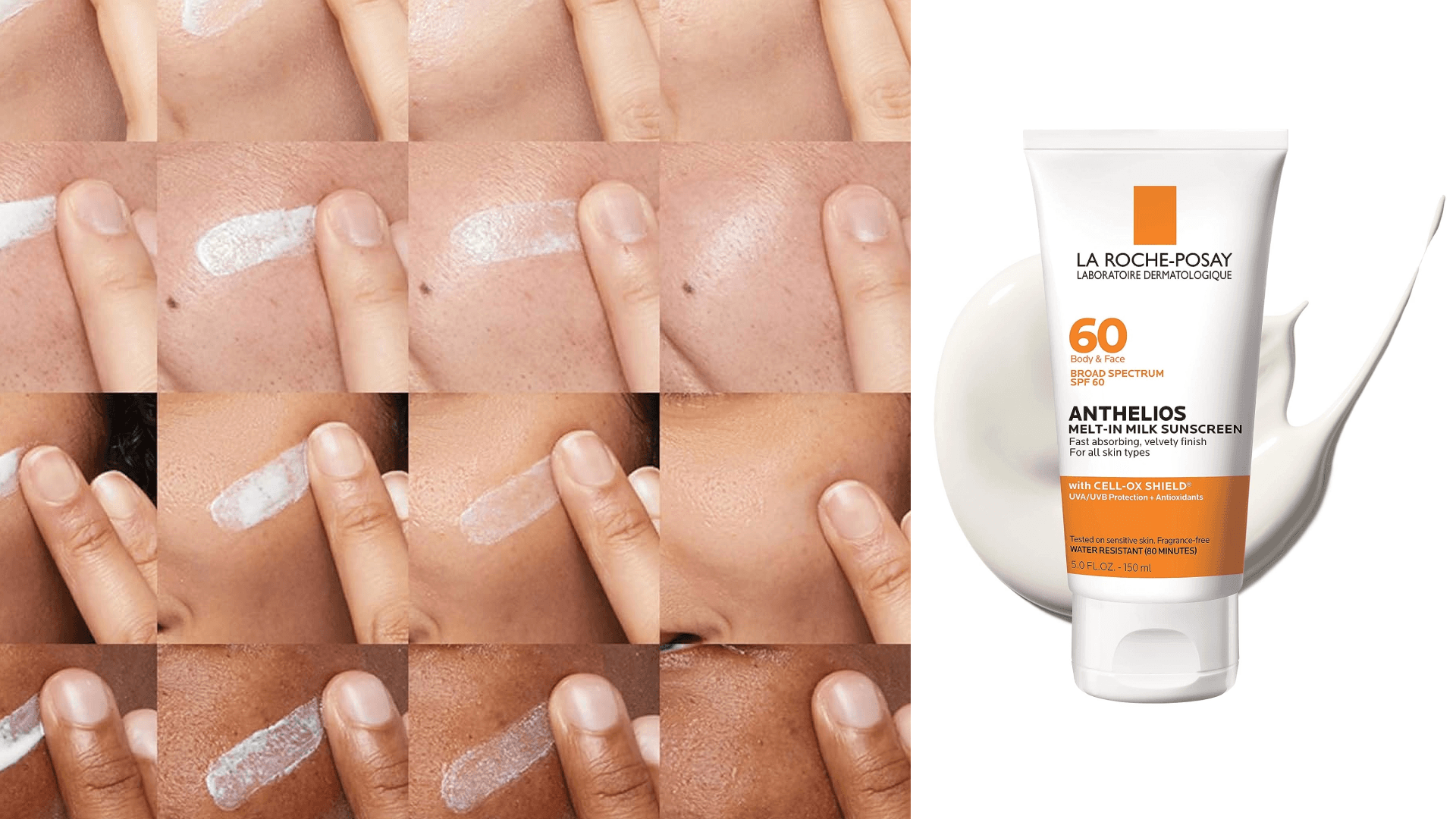
A sunscreen even sunscreen-haters will love…
La Roche-Posay Melt-In Sunscreen SPF 60. This dual face-and-body option is oil-free, fragrance-free, and water-resistant. The broad spectrum cream works for all skin types (sensitive skin included), and won’t leave you feeling greasy. It’s fast-absorbing, non-comedogenic, and “really just melts into your skin,” Saedi says. ({{dynamicPrice}}, Amazon)
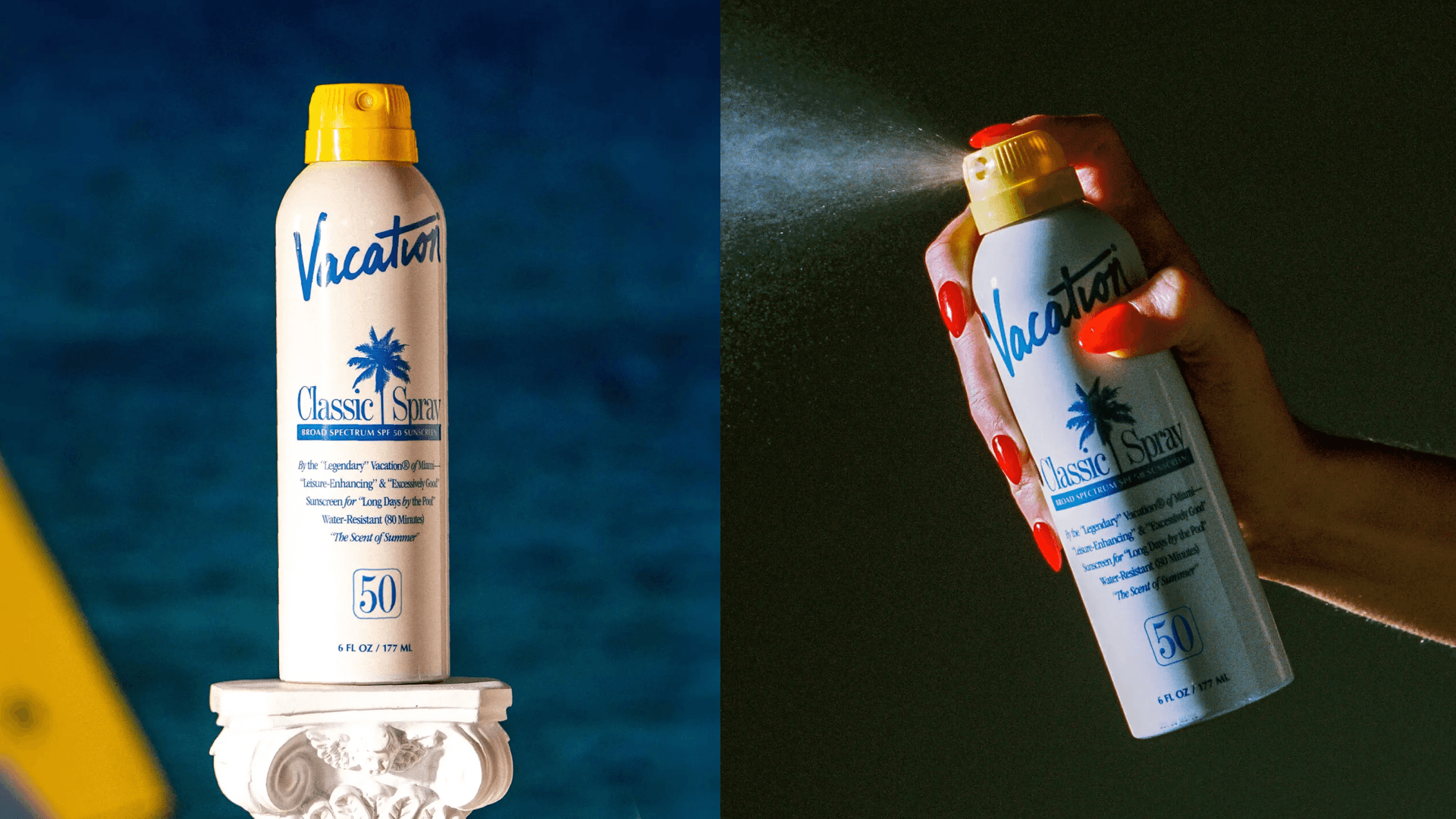
A classic spray that actually smells good…
Vacation Classic Spray SPF 50. Don’t let this “cool girl” suncare brand intimidate you. Our editors can attest that this spray works wonders. It’s SPF 50 and is a continuous spray bottle to ensure you don’t miss a spot, no matter what angle you’re trying to reach. What makes it stand out: its delicious scent the brand name suggests. It smells like a vacation. ($19, Vacation)
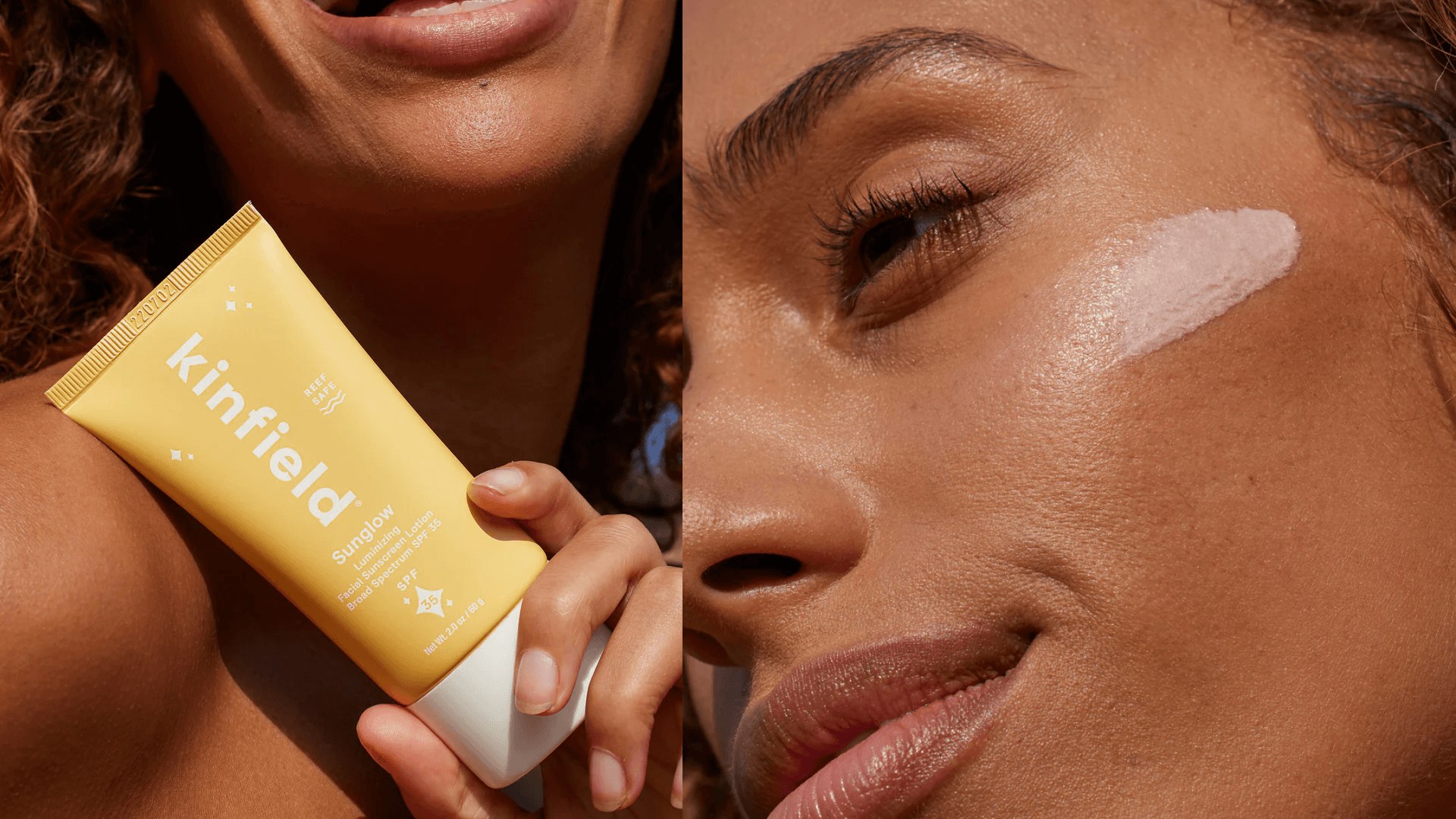
A luminous sunscreen from one of our favorite skincare brands…
Kinfield Sunglow SPF 35. It’s lightly tinted with a glowy finish and is reef-safe. Wear it on its own during no-makeup makeup days or wear it under makeup as a primer. It’s lightweight and contains a blend of antioxidants to nourish your skin while it protects. ($28, Kinfield)
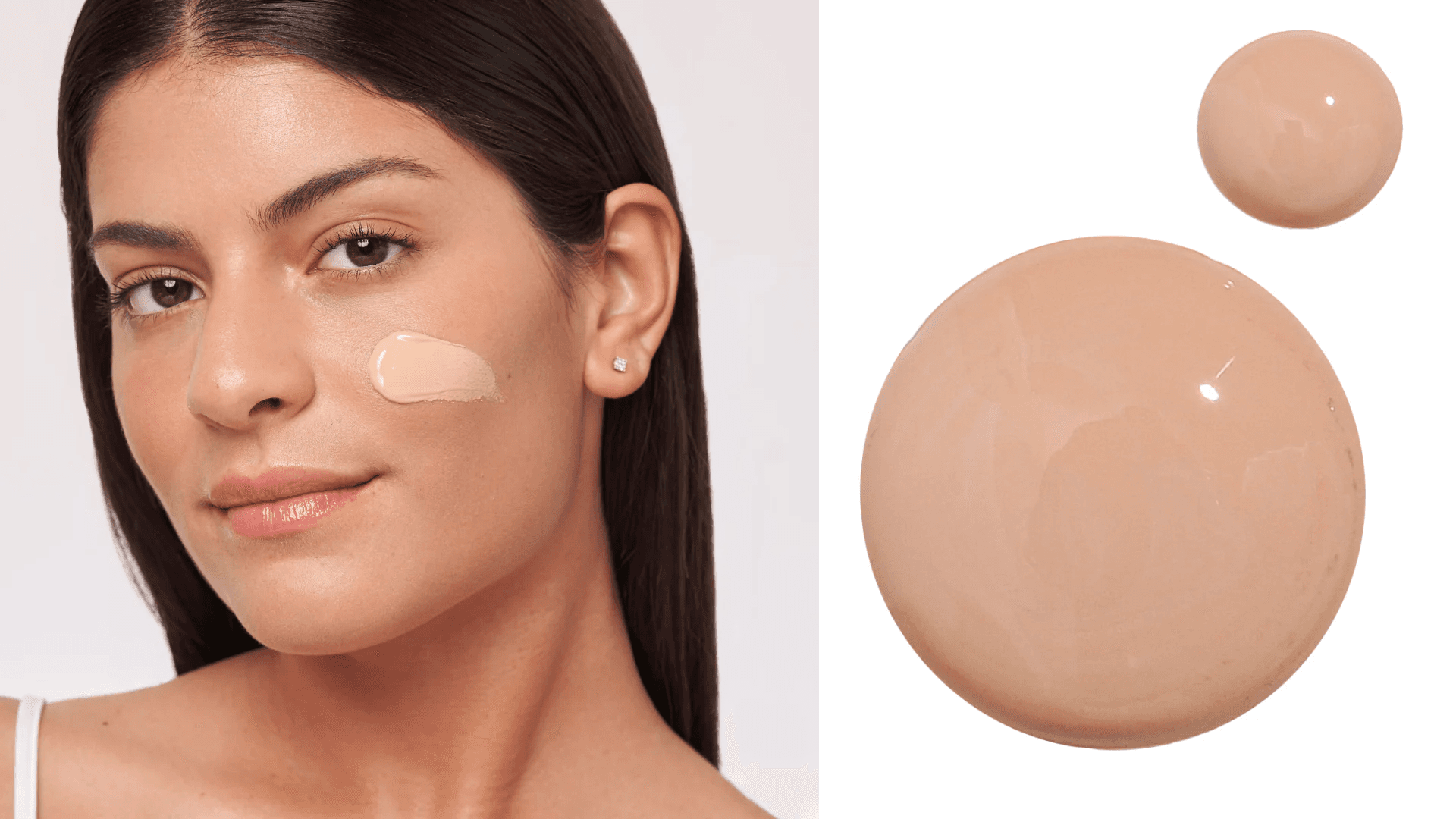
A mineral sunscreen that acts like a primer…
Alastin HydraTint Pro Mineral Sunscreen SPF 36. This mineral sunscreen with zinc has broad spectrum protection and gives you that glowy look. It has peptides in it, which, Saedi explains, helps boost collagen production and makes skin look firmer and smoother. Plus, this one shouldn’t leave that white residue behind either. We love that it’s tinted because you can use it as a makeup primer (or in place of any makeup at all.) ($76, Alastin Skincare)
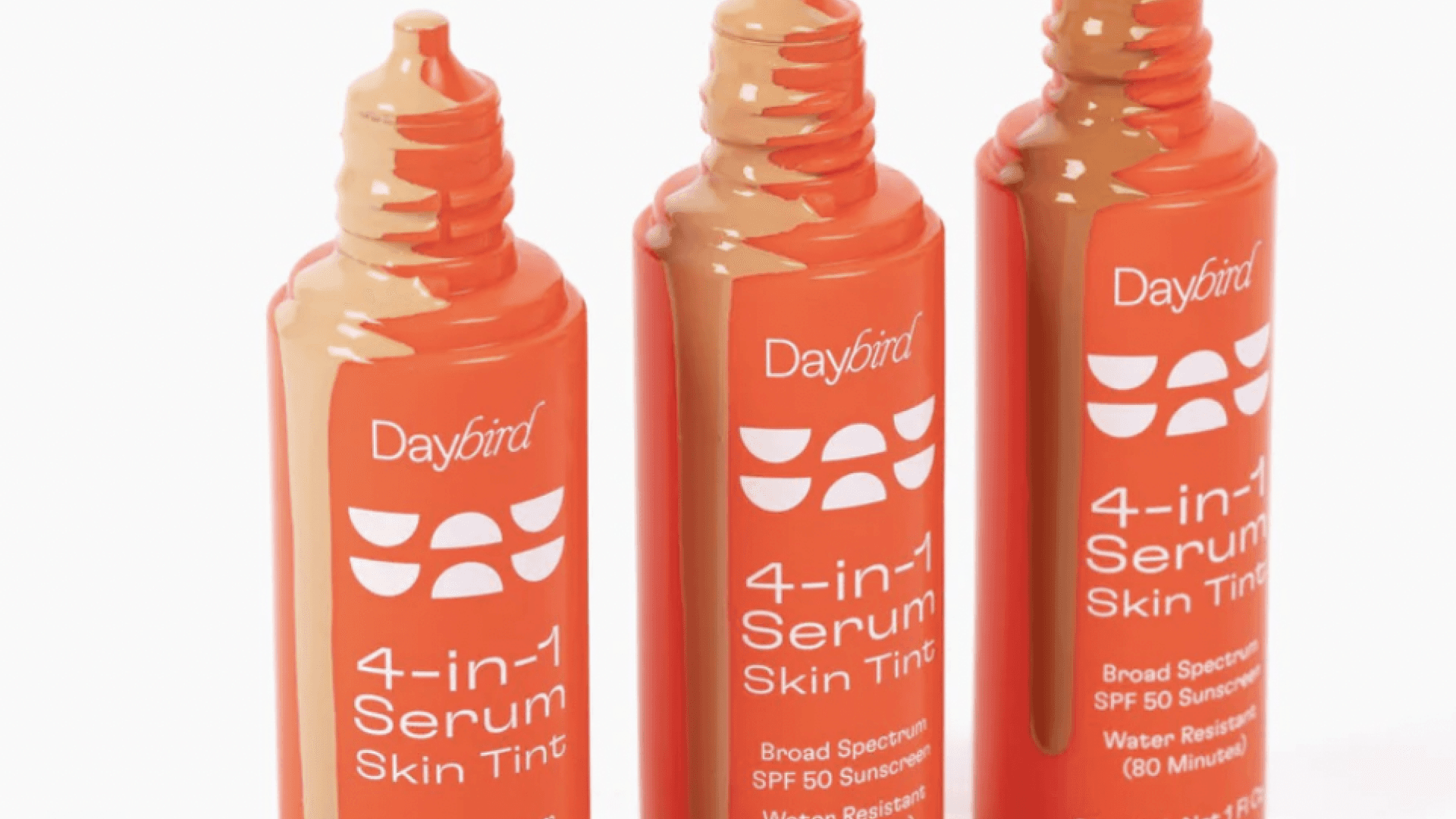
A tinted sunscreen that’ll simplify your morning routine…
Daybird Tinted Skincare SPF 50. Meet the tinted multitasking option we can’t stop wearing every day. It actually improves our skin as we wear it, thanks to the niacinamide that hydrates and bisabolol that reduces inflammation. At the same time, zinc oxide protects against blue light and harsh rays. We love that it comes in four different shades. ($39.50, Daybird)
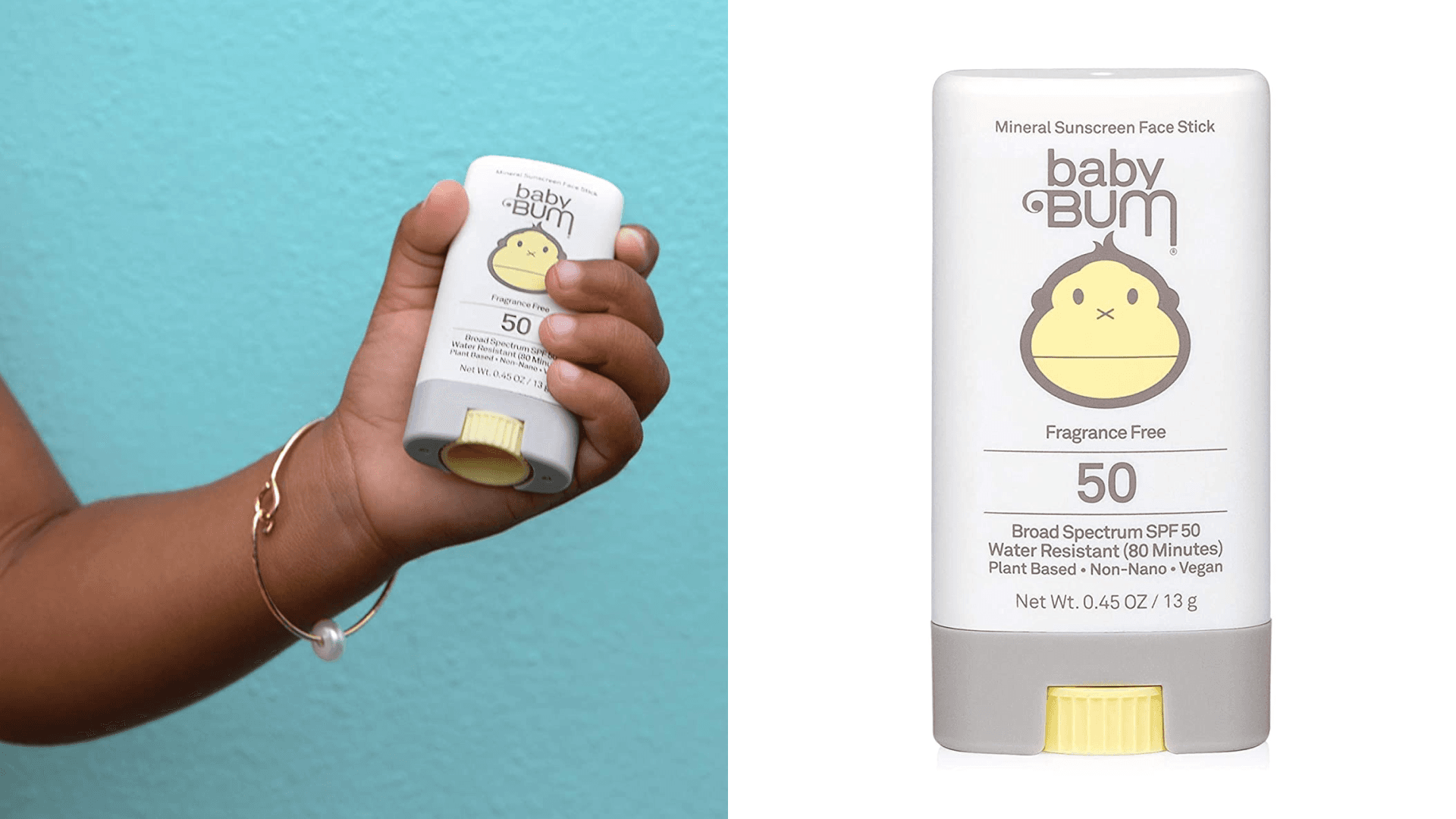
A face stick that’s easy for kids to apply…
Sun Bum 100% Mineral Facial Stick SPF 50. It’s easy to carry around and shouldn’t explode in a bag like some tubes of lotion. The AAD specifically suggests using sticks for around the eyes. Plus, it’s fast-absorbing and quick to roll on, so your kids can easily master reapplication themselves. Psst…if you’re looking for a body lotion for kids, this is the one. ({{dynamicPrice}}, Amazon)
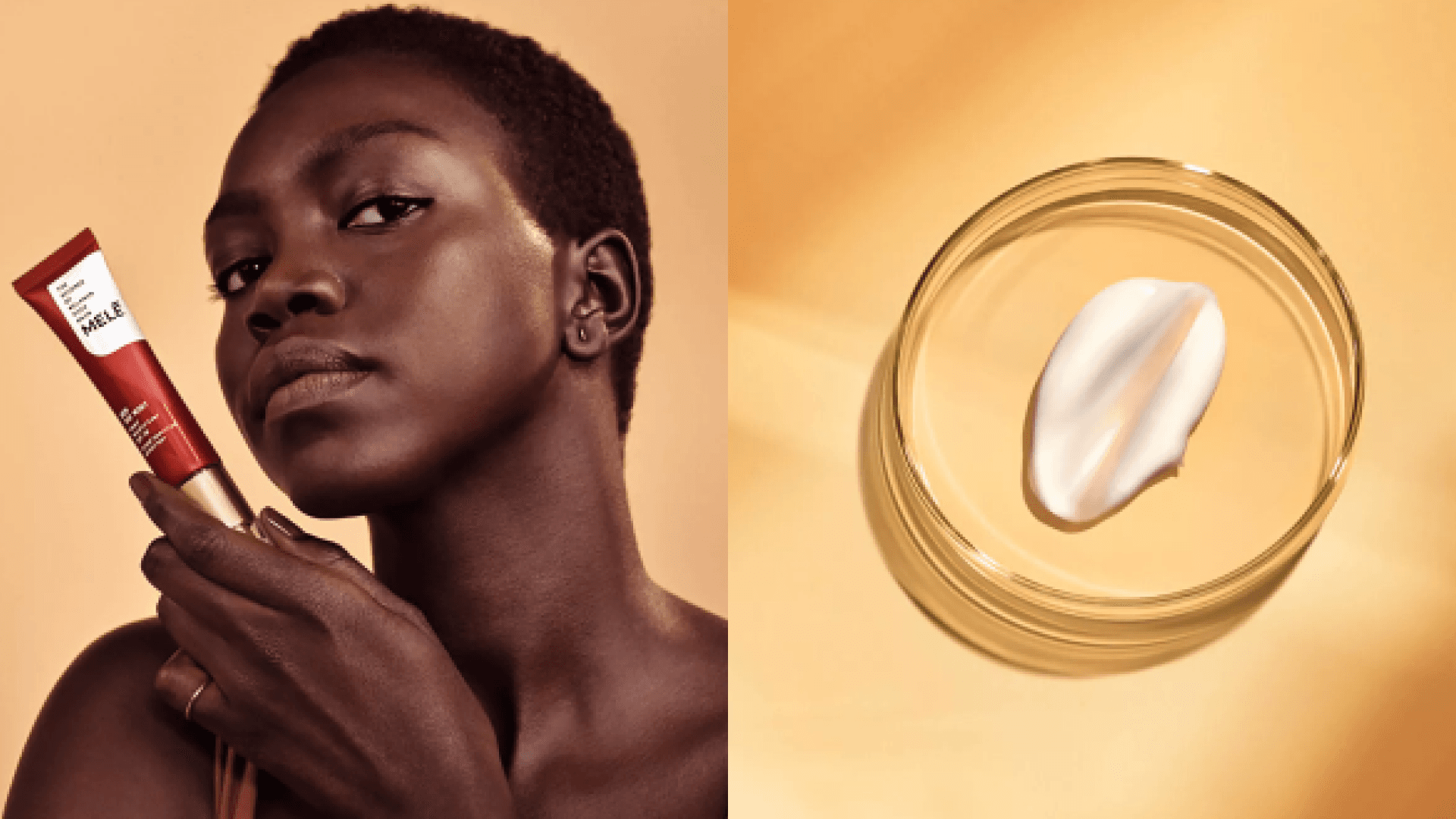
A sunscreen for darker skin tones…
Melé No Shade Sunscreen SPF 30. This brand was co-created with dermatologists of color and for those with melanin-rich skin. The invisible-looking oil is sheer and lightweight, so it won’t leave behind a white residue on your skin. Plus, it’s free of parabens, phthalates, mineral oil, and alcohol. ({{dynamicPrice}}, Amazon)
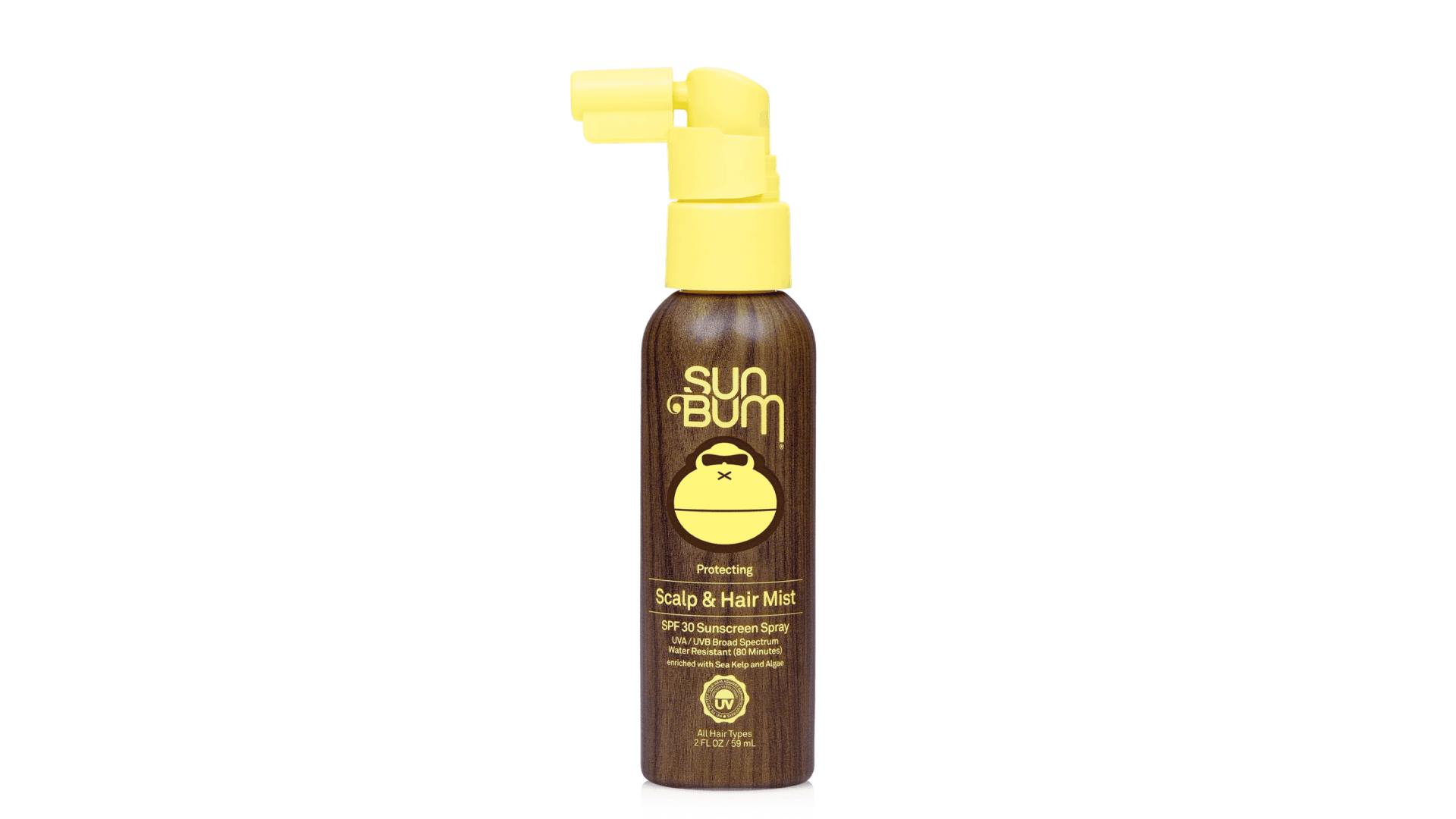
A mist to keep your scalp from getting burnt…
Sun Bum Scalp & Hair Mist SPF 30. There’s nothing more painful than a pesky sunburn along your part. This broad spectrum nourishing spray will protect your scalp, and won’t grease your hair up in the process. The spray is cruelty-free, paraben- and sulfate-free, vegan, color-safe, and water-resistant. ({{dynamicPrice}}, Amazon)
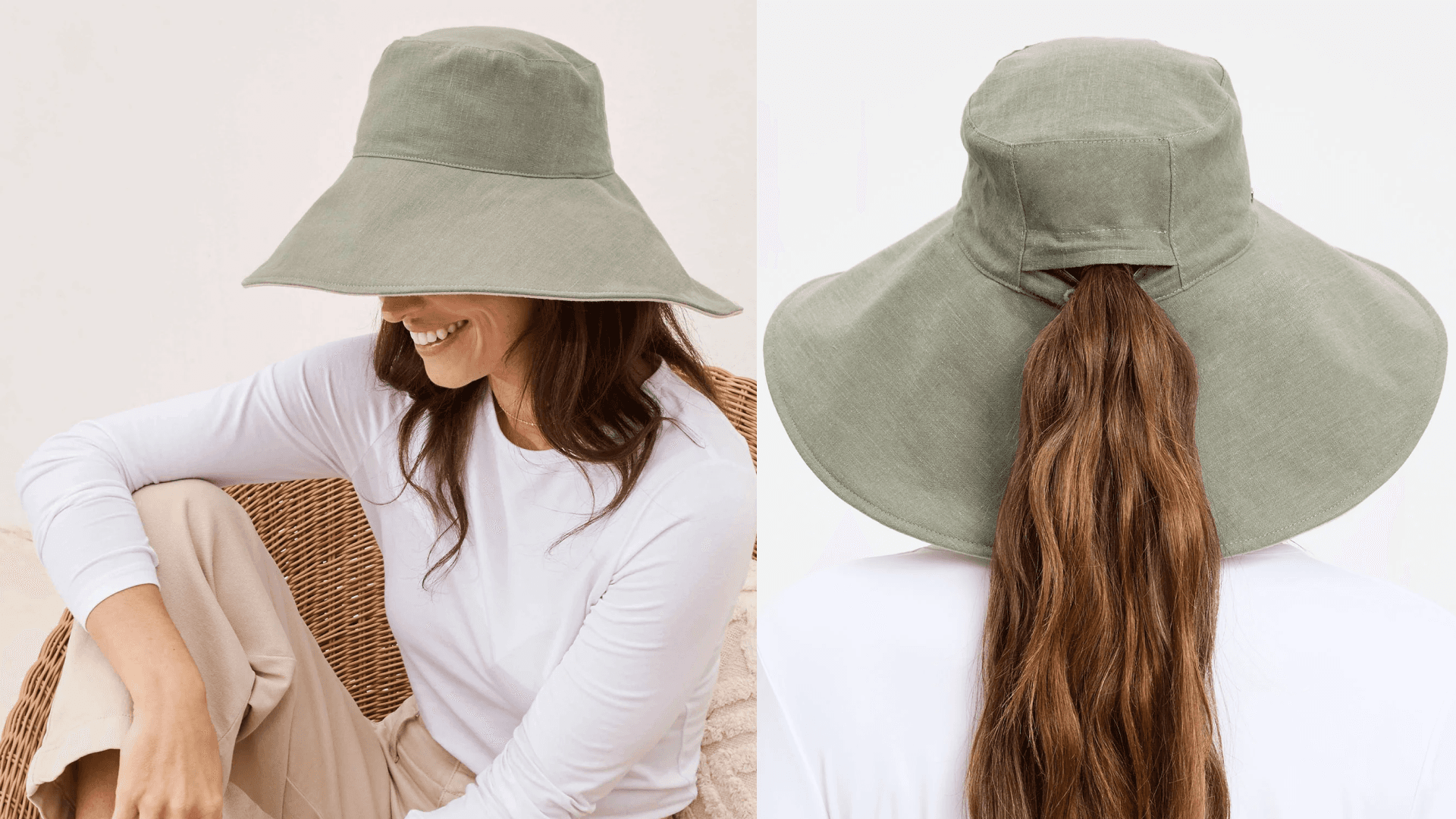
An accessory for an added layer of protection…
Skimm’rs are obsessed with this hat — and we are too. It’s made of a cotton-linen blend so it won’t feel sweaty or heavy. It has an ultra-wide adjustable brim that’ll even cover the back of your neck. An added perk: the hidden opening in the back for your ponytail. Did we mention it has UPF 50+? ($65, Solbari)
This content is for informational and educational purposes only. It does not constitute a medical opinion, medical advice, or diagnosis or treatment of any particular condition.
Live Smarter
Sign up for the Daily Skimm email newsletter. Delivered to your inbox every morning and prepares you for your day in minutes.




